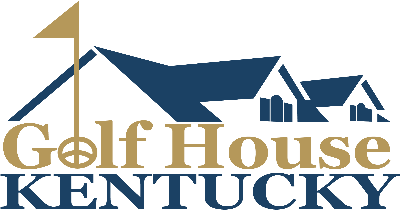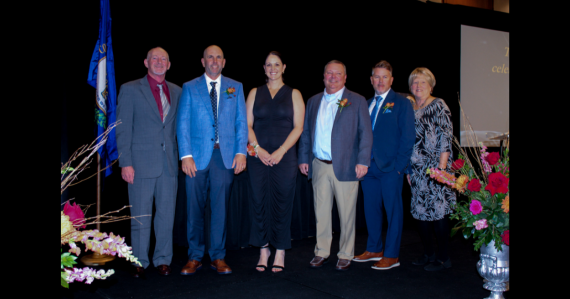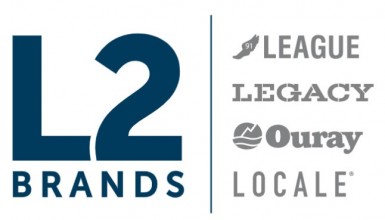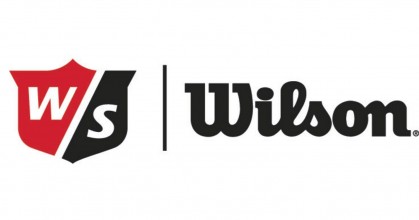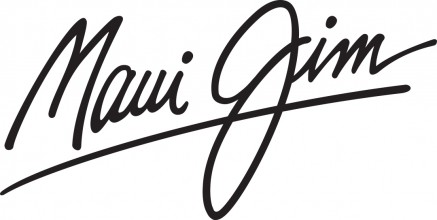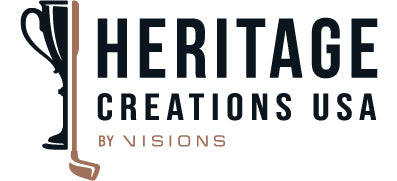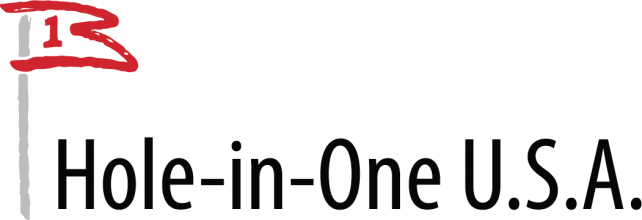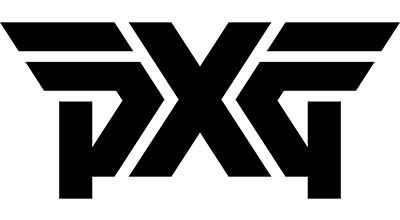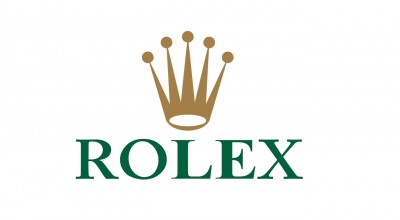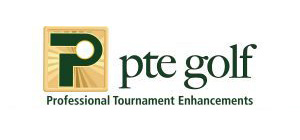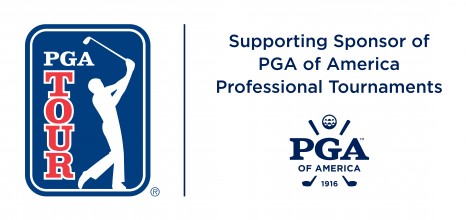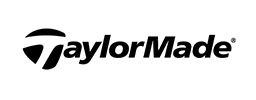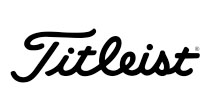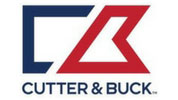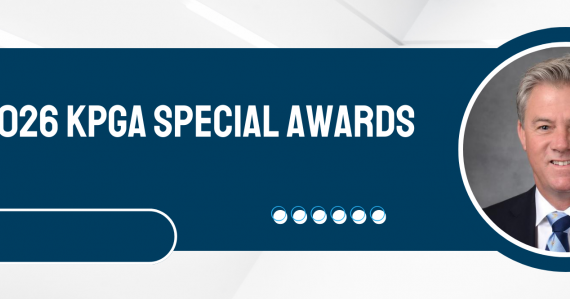
News
The Course Setup Process
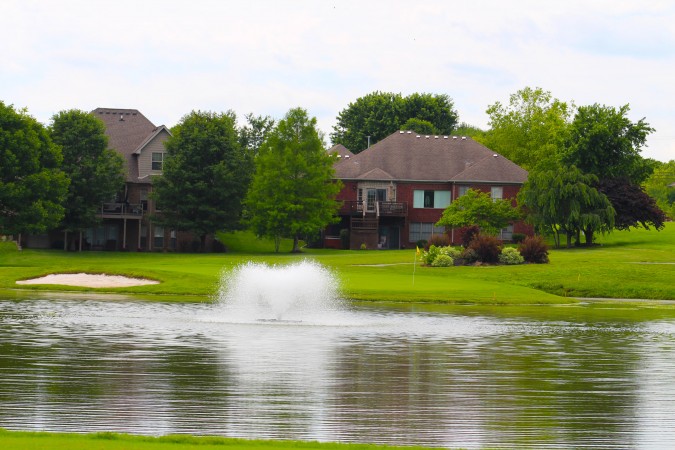
The amount of behind the scenes work that takes place at sporting events is frequently overlooked. Yard-lines, logos and wording needs to be printed on a football field. Arenas sharing basketball and hockey teams need to be able to switch from a court to an ice rink or vice-versa in mere hours. For a competitive tournament organized by the Golf House Kentucky staff, there may not be logos to paint or playing surfaces to switch, but more than one hundred acres of land need to be covered so that each playing competitor has a fair, enjoyable challenge awaiting them.
The process of golf course setup for a tournament contains more than what meets the eye. Depending on the venue, it can take hours upon hours for the event’s rules committee to have everything prepared so the entire field gets the same test, whether they are the first person to tee off in the morning or the last to hole a putt in the evening.
Fittingly, let’s begin on the tee box. The committee must determine well in advance of a tournament if multiple tees will be needed. Events that do need more than one most often are Pro-Ams since the event contains a mixture of professionals and amateurs. The number of tees will increase if there are both males and females playing and if there are seniors competing, in which case what category do they fall into? A male professional, female senior amateur? That means there is a possibility where six tee boxes could be necessary and if so, each of those players needs to be aware of which tee is for them to avoid confusion. Junior tournaments will need multiple tees almost every time since there are contestants spanning from seven years old to eighteen years old depending on the event.
Generally speaking, the more competitive the event is, the fewer tees necessary. Kentucky’s Open Championships utilize one tee which is natural since identifying the best player in the field is the goal of the event. Regardless of the number of tees required, the rule of thumb is for the tee markers on a hole to be six to seven paces apart. Ideally, the space in between will be on an ultra-flat area with no divots so that players have a clean spot to hit from. For multi-day events, an official will check par-four and par-five tees before the start of each round to see if the area is still fit for play. On par-threes, they are moved nearly every time from round to round for a few reasons. First, since most players are hitting irons the area will become chopped up after a full day of shots hit from it. Second, the committee does the best it can to give players a different challenge each day. Playing the exact same hole for three to four straight days tends to get boring, so it becomes important to mix up the challenge and provide as much uniqueness as possible. The wind direction and any rain can change premade plans the committee made with where to put tee markers, but ultimately the goal is to make the same hole feel as different as possible from round one to round two.
“The course’s softness or firmness plays a key part in where our tees will be set,” Ray Moehlman, PGA Director of Junior Golf with Golf House Kentucky said. “I examine the golf course’s condition in terms of how the ball is rolling out along with checking the weather and wind forecasts each morning to determine whether a tee needs to be adjusted or not. I also make sure that on each day of an event, the player will hit a different club each time on the par-three tee shots.”
Once off the tee, a topic that becomes a key point of discussion amongst many players is whether preferred lies, AKA lift, clean and place should be instituted. This is sometimes a difficult decision the committee needs to make. If they do, will it be permitted in only closely-mown areas or throughout the general area (rough and any other area that is not a bunker or penalty area)? In golf’s major championships, Augusta National Club and the USGA have famously never allowed the concept for use in either The Masters or US Open. The PGA of America raised eyebrows in 2016 when they okayed the usage of preferred lies for the final round of the PGA Championship, which is believed to be the first time in major championship history the concept came into play. The controversy stems from whether the player should truly be forced to play the ball as it lies.
“If the golf ball is plugging or gathering mud each time it hits the fairway, there is no question we need to play with preferred lies. On the flip side, if a golf course is experiencing a drought and burned out, I would do preferred lies in that case too since there is no guarantee whether the golf ball will end up in an area that is still in good shape or one that has taken in a lot of damage. I do attempt to stay away from playing preferred lies in the general area and narrow it down to closely-mown areas. Bad shots should not be rewarded with relief.”
A popular discussion point for any golfer, no matter if they are competing in a major championship or with friends on a Saturday morning, is any hole location that is remotely difficult. The committee will go on the golf course one to four days before the beginning of the tournament to scout out and select where the holes will be cut for each day of the tournament. From a perspective of foot traffic, that alone makes it critical for the holes to be cut in unique spots each day to preserve the health of the putting surface over time. For a junior tournament, the primary goal is to keep it simple and fun for the players. If there is a long hole that also has a portion of the green guarded entirely by a bunker or water, the chances of the hole being cut in that tight of a spot are slim to none for a Kentucky PGA Junior Tour event. Tiers in the green represent the opportunity to have a ball come back towards the hole off a slope, something that the committee tries to take advantage of so that moments like this have the potential of happening.
“A location needs to be surrounded by a good puttable surface and be level within three paces of the hole,” Bill Coomer, PGA Director of Amateur-Professional Competitions with Golf House Kentucky said. “I also attempt to keep from repeating the same side of the green more than three times in a row.”
Penalty areas and out of bounds are the two worst destinations for a player’s golf ball to come to rest, but finding a penalty area compared to going out of bounds or losing the ball can be the difference between bogey and double bogey many times. So it is critical for the committee to properly establish whether an area should be marked red, yellow or white. An example of this took place earlier in the year place Country Club of Paducah during the Clark’s Pump-N-Shop Kentucky Amateur. Jacob Poore played the 16th hole in the final round with the lead and got an unfortunate break when his second shot hit the rock wall on top of the pond short of the green which resulted in the ball deflecting left of the green and going past the area with white dots, which represented the out of bounds line that week. Had his ball been a foot shorter and only gone in the water, Poore could have taken relief next to the pond and received only a one-stroke penalty with a good chance of getting up and down for bogey. The fact it went out of bounds meant he had to return to the location of his second shot and take a stroke and distance penalty hitting his fourth shot. He would go on to make triple bogey and lose in a playoff to Nick Johnston.

In this satellite view of the 16th hole at Country Club of Paducah, the red dots represent the penalty area while the white dots represent the out of bounds line.
This situation at Country Club of Paducah is relatively uncommon but does pop up from time to time. Usually when there is some sort of water formation near the course’s boundary, that whole segment of water will be marked as red or yellow and extend forever. But in this case with there being a slither of general area in between the penalty area and out of bounds, the committee had to mark for both features. Had the committee not marked the out of bounds area separately, Poore’s ball either comes to rest within the red penalty area or general area and would have been permitted to hit his third shot from the ball’s final resting place, completely altering how the tournament would have played out.
What determines whether a location is a penalty area or general area might vary depending on who you ask, but the one factor that instantly makes a spot a penalty area is if there is a constant stream of water taking place within it. Whether it is the ocean, a lake, river, pond, or stream, that instantly means the area must be a penalty area. The next question is whether to mark it red or yellow.
“With the new rules change at the start of the year, everything in my mind is marked red unless it has historically been marked yellow,” Moehlman exclaimed. “You would not mark significant creeks in front of green complexes red if they have always been yellow. Rae’s Creek on the 12th at Augusta National and Floyd’s Fork on the 13th at Valhalla are examples of water features that should be marked yellow. The player is forced to cross the water on those holes and if you mark those red, you are giving the player a significant advantage and ruining the intent of the hole.
The process to get the golf course fully prepared can be time-consuming depending on how many people are available to assist and the location at hand. Relatively speaking, older golf courses in the days of golden architecture are more straightforward to mark than newer designs. Because so many golf courses in the 1990s through present day have been built with the idea of housing communities surrounding holes in mind, it can be a longer and tougher process to accomplish everything. The course’s features also are not as straightforward and provide the committee to have more of a subjective opinion on how to mark something since it may not always be clearly spelled out. Some golf courses in Kentucky fit both sides to this very well.
“I find Lexington Country Club to be an easy marking course because of the lack of large penalty areas and the boundaries always being well-defined,” Coomer explained. “The large courses such as Triple Crown Country Club, Lake Forest Country Club and some of the State Park courses are the most difficult to prepare for play. The amount of acreage means the boundaries are hard to identify and many have penalty areas that can either be water-filled or selective general areas that may need to be identified as penalty areas.”
The preparation crew needs to be cautious during the setup day as well depending on where they are and what kind of weather they are experiencing. Take for instance being in Arizona on a desert-based golf course. If an event is being played anywhere near the summer, the staff would be wise to have lots of bottled water on supply. Not to mention when they venture off the beaten path to do something like mark out of bounds, they need to be on the lookout for things like rattlesnakes and scorpions. Golf administrators in Florida need to keep eyes peeled for alligators when marking penalty areas and people in mountainous areas (sometimes including the Ashland area) have to be mindful of bears. Rarely does any dangerous situation occur, but it never hurts to stay aware constantly.
The Golf House Kentucky staff always hopes the only place you hit your ball is on the fairway or on the green. Unfortunately with golf’s nature, that never happens. So as a result, our staff takes the proper time to prepare all facets of the venue as thoroughly as possible so that every player gets the best tournament experience possible.

